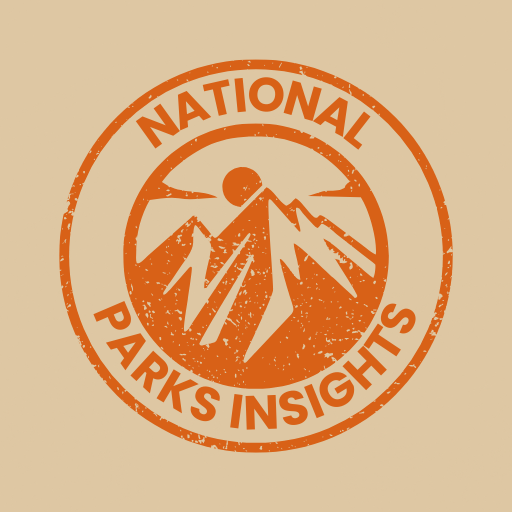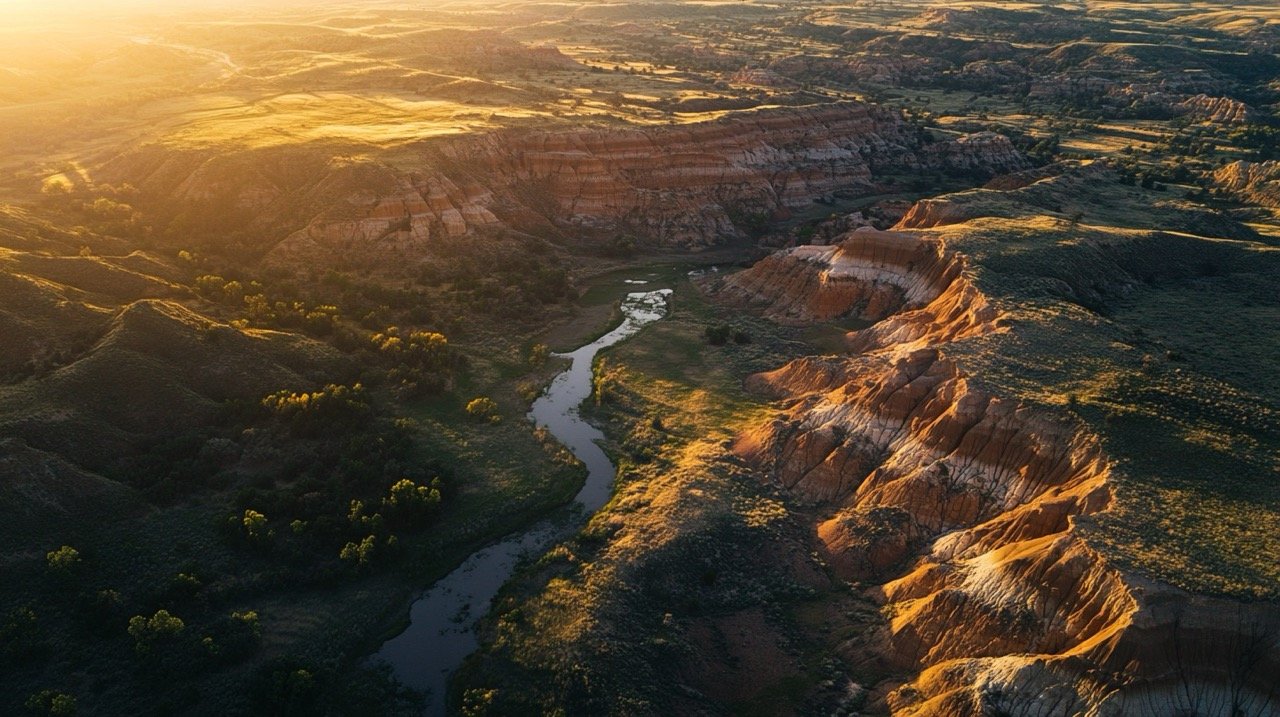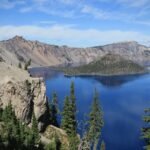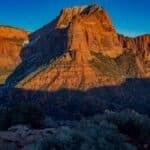Exploring Theodore Roosevelt National Park

History and Establishment
Welcome to Theodore Roosevelt National Park, where the rugged charm of North Dakota’s badlands meets the storied legacy of a U.S. president fondly known as Teddy. This place is more than just wide-open spaces and jaw-dropping views; it’s a tribute to good ol’ Theodore himself, the 26th dude who ran the show in the United States.
Back in his day, Roosevelt found himself captivated by the untamed beauty of the Little Missouri Badlands, and those experiences lit a fire under him to save nature for future generations.
Not long after Teddy kicked the bucket in 1919, folks started dreaming up a memorial to honor the man and his passion for the wild. Fast forward a few years—’47 to be exact—and President Harry Truman did the honors of creating Theodore Roosevelt National Memorial Park. Come 1978, it earned its rightful spot on the map as Theodore Roosevelt National Park.
This transformation nods to Roosevelt’s undying love for America’s great outdoors and the lasting mark he left on preserving them.
Keen to dig into the nitty-gritty of how the park came to be? We’ve got just the treat for you over on our theodore roosevelt national park history page.
Click her for the best rates on Accommodation at Theodore Roosevelt National Park through Expedia
Wildlife Conservation Efforts
Teddy Roosevelt didn’t just leave behind a signature pair of glasses—he practically wrote the book on wildlife conservation. As president, he waved his wand and voilà: about 230 million acres of wild wonderland got the protection they needed.
Imagine, because of him, the country sprouted 150 national forests, 51 bird hotels (or “reserves” if you fancy), 4 hangouts for game animals, 5 national parks, and a solid 18 monuments—all courtesy of his 1906 American Antiquities Act.
These efforts didn’t just gather dust either. The park’s got a beast of its own—think bison, elk, prairie dogs, and a feathered choir of over 180 bird species. It’s where conservation isn’t just on the agenda; it’s the headliner, ensuring visitors leave with a memory full of wildlife tales.
| Conservation Achievements | Details |
|---|---|
| National Forests | 150 |
| Federal Bird Reserves | 51 |
| National Game Preserves | 4 |
| National Parks | 5 |
| National Monuments | 18 |
| Total Acres Protected | 230 million |
Standing on Roosevelt’s giant shoulders, the park keeps at it with snazzy contemporary conservation plans, making sure creatures great and small continue calling this place home. Wondering what to do once you’re there? Check out things to do in theodore roosevelt national park for some wild encounters that’ll make your trip unforgettable.
Getting cozy with the backstory and conservation tales of Theodore Roosevelt National Park means you’re not just visiting—you’re experiencing a piece of history that’s still alive and roaring today. Be sure to snag theodore roosevelt national park maps to keep your adventure smooth and stress-free.
The Beauty of Theodore Roosevelt National Park

Rugged Badlands as Far as the Eye Can See
Theodore Roosevelt National Park, down in the southwest corner of North Dakota, boasts three patches of those gnarly badlands. Picture vibrant streaks of reds and browns across the ground, giant chasms carved out over ages, and rocks stacked in ways only Mother Nature could dream up (National Park Service).
| Feature | Description |
|---|---|
| Where? | Southwestern North Dakota |
| Scenery Style | Gnarly badlands |
| Cool Stuff | Funky rock colors, deep canyons, Little Missouri River |
In the North Unit, don’t miss the 14-mile Scenic Byway. It’s got killer views of the North Dakota Badlands and the winding Little Missouri River. Honestly, it’s a scene that could put a smartphone camera to the test with its brilliant vistas and critter surprises waiting around every bend (ND Tourism).
Swing by the South Unit, where Medora awaits you with its mix of the Old West and some modern day comforts. Think cowboy town vibes but with a boutonniere charm. You’ve got options—horseback rides, popping into museums, or pampering yourself at swanky stays. Check our scoop on the South Unit for more adventures.
Getting There and Timing Your Trip
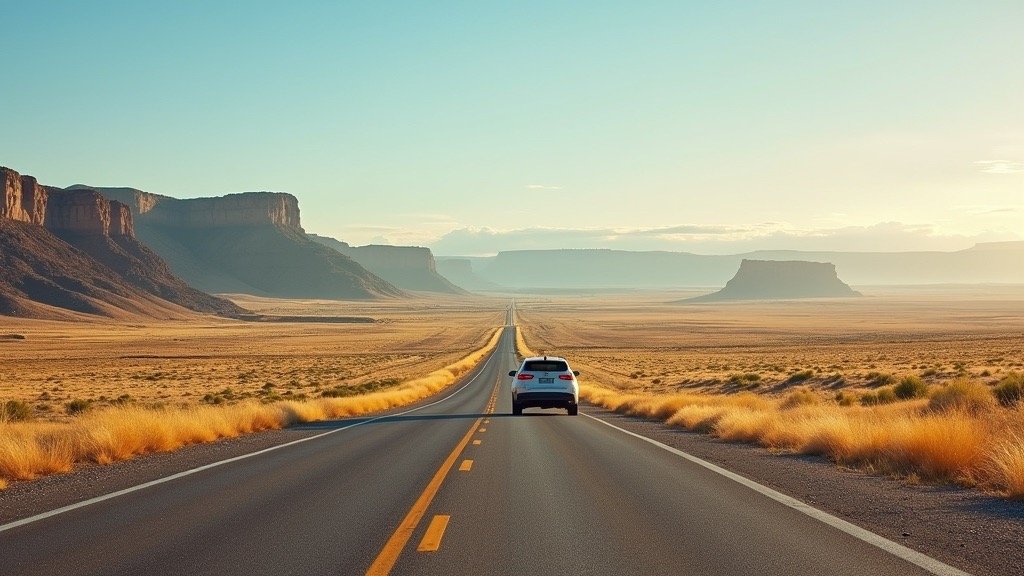
When you’re thinking about dropping by Theodore Roosevelt National Park, timing’s everything. The gates are open all year, but each season rolls out its own charm.
| Season | What You’ll Get |
|---|---|
| Spring | Petal explosions, hoodie weather |
| Summer | T-shirt weather, tons of fun |
| Fall | Scarf season, beautiful hues |
| Winter | Blanket of snow, peace and quiet |
Come springtime, the wildflowers show off their best takes on nature’s runway. Mild temps mean it’s hoodie season. Summer’s all about the sun, perfect for getting out there to hike, camp, or just roam. When the leaves fall, autumn cloaks the park in warm colors that are easy on the eyes. And if you crave solitude, winter’s pristine snowscapes offer a peaceful retreat. For more season-specific deets, check out the park’s weather insights.
Two main access points let you peek into the park’s many wonders—the North and South Units—each promising neat finds. Nicely paved roads and trails keep you rolling with ease. If maps make you happy, peep at our handy park guides.
Whether you’re about that campfire life or fancy a hotel room’s crisp sheets, lodging choices are plenty. Get the lowdown on campgrounds or find a cozy spot in nearby lodging. For more juicy travel ideas and fun activities, check out what else you can do at Theodore Roosevelt National Park.
Activities at Theodore Roosevelt National Park
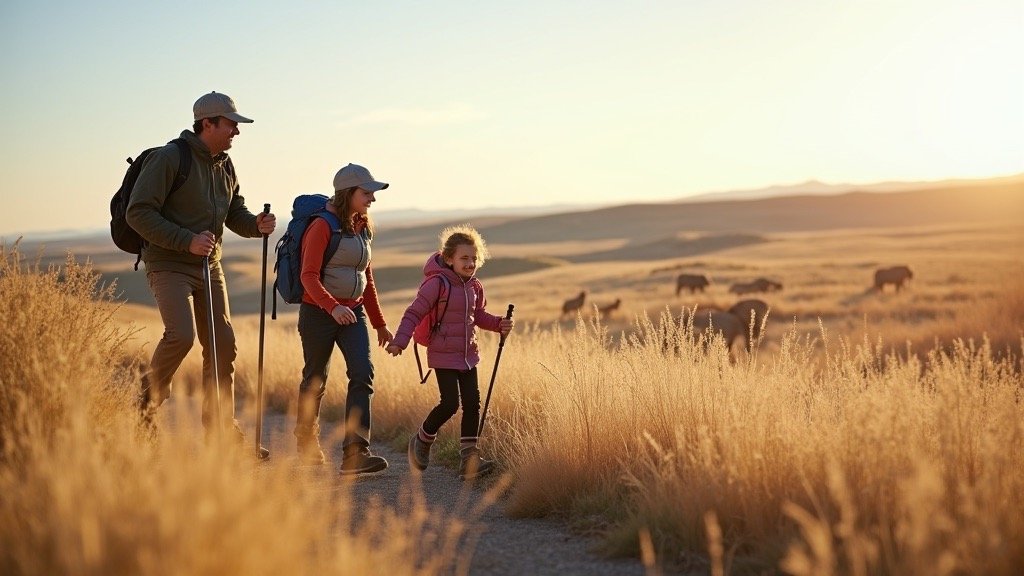
Feeling a bit cooped up? Theodore Roosevelt National Park is your invitation to step into wide-open spaces brimming with history and Mother Nature’s finest. You wanna cruise along some epic roads or get a peek at critters in their natural hangout spots? Oh, this park’s got you, and then some.
Scenic Drives and Byways
Grab your keys and cruise the 14 miles of North Unit’s Scenic Byway. You ain’t seen nothin’ til you’ve laid eyes on those jaw-dropping views of North Dakota’s colorful Badlands, with the Little Missouri River winding through. It’s like your car turned into a front-row seat to a nature documentary. Plus, who doesn’t love wildlife cameos? Yup, this ride gets two thumbs up, maybe even three… if you could manage that (ND Tourism).
| Scenic Drive | Length (miles) | Key Attractions |
|---|---|---|
| North Unit Scenic Byway | 14 | Badlands, Little Missouri River, wildlife |
And for y’all in the South Unit, you’re not missing out on anything. Vistas that look like paintings and overlooks that’ll have your camera working overtime. Pop over to our South Unit guide for the lowdown on every twist and turn. And don’t leave your route-finding to chance; snag a map from our National Park maps.
Wildlife Viewing Opportunities
Calling all animal lovers! If watching prairie dogs chatter away in their lil’ towns sounds like your kind of thing, you’ve hit the jackpot. Find ’em near Skyline Vista, being social butterflies with all their “barks” and “yelps.” It’s like watching a live episode of Wild Kingdom (ND Tourism).
| Wildlife Viewing Spot | Key Species |
|---|---|
| Prairie Dog Towns | Prairie Dogs, Bison, Elk |
| Little Missouri River Area | Bighorn Sheep, River Otters |
And don’t miss the buzz around the Little Missouri River. If luck’s smiling on ya, you might spot bighorn sheep or shy river otters having their day by the water. Plan for dawn or dusk for the best show since that’s when the real stars come out. For more critter peeping tips, hit up our weather guide.
For everything else this spectacular place has to offer, our trusty Things to Do page is ready to be your adventure buddy.
Theodore Roosevelt’s Conservation Legacy
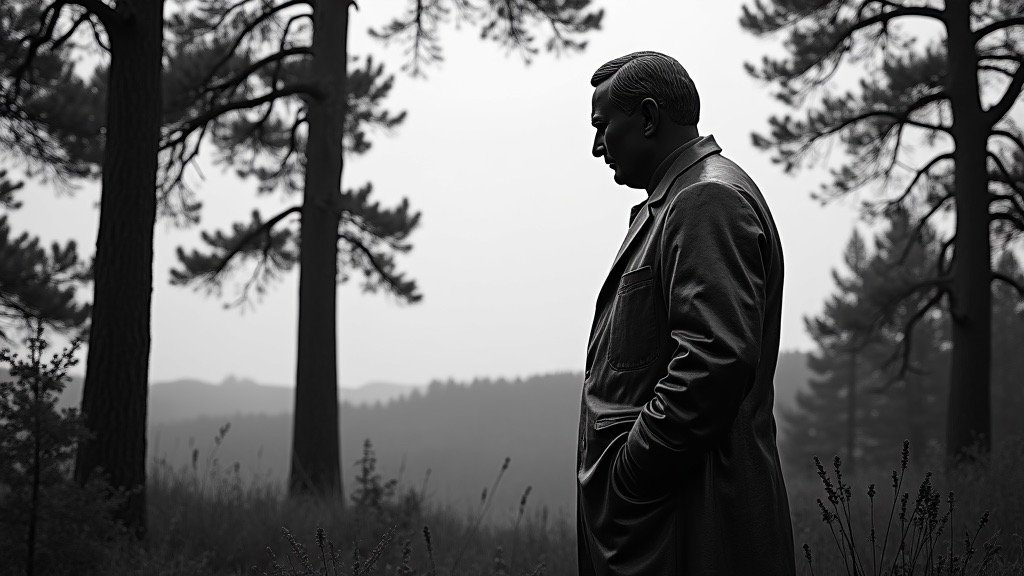
Hey, have you ever wondered about the man who helped make sure you can marvel at nature’s beauty every time you step into a national park? That’s Theodore Roosevelt for you. His love for nature pretty much had him jumping through hoops to keep America’s outdoors pristine and available for everyone to enjoy, now and in the future.
Land Protection Initiatives
When Teddy was in charge—yup, President—he was a whirlwind of action, making sure public lands were looked after like precious family heirlooms. Under his watch, a whopping 230 million acres of American land got wrapped in a protective hug, earning it titles like National Forests and Parks. Here’s the lowdown on his impressive lineup:
- 150 National Forests: Think of these as long-term camping trips for the trees.
- 51 Federal Bird Reserves: Every birdie’s safe haven.
- 4 National Game Preserves: Got wild critters? Teddy made a preserve for that.
- 5 National Parks: Nature’s own playgrounds, from the cavernous Wind Cave in South Dakota to Platt’s vibrant scenery in Oklahoma (now a part of Chickasaw National Recreation Area).
- 18 National Monuments: Hotspots of awesome nature and rich history.
| Type of Protected Area | Number Established |
|---|---|
| National Forests | 150 |
| Federal Bird Reserves | 51 |
| National Game Preserves | 4 |
| National Parks | 5 |
| National Monuments | 18 |
The 1906 American Antiquities Act? That was Roosevelt’s backstage pass to label and protect national monuments. Resourceful guy, right? If the land was special, he made sure it was treated that way (NPS.gov).
Impact on National Park System
Roosevelt didn’t just leave footprints; he paved paths for what’s now a whole collection of national parks. When the National Park Service came alive in 1916, guess who was behind nearly 23 out of its first 35 sites? You got it—Roosevelt (NPS.gov).
| Year | Number of NPS Sites Established by Roosevelt |
|---|---|
| 1916 | 23 out of 35 |
His Federal Bird Reserves matured into today’s national wildlife refuges that are scattered like a good luck charm across every state. North Dakota? They lead the pack in this birdie affair.
Feel like experiencing Roosevelt’s inspiration first-hand? Check out Theodore Roosevelt National Park, where landscapes are raw and wildlife runs the show. That’s the legacy of a President who really knew how to care for nature.
Eager to dig into the history yourself? Peek at some Theodore Roosevelt National Park history. And if you happen to be planning a trip there, don’t skimp—take in both the stunning South Unit and the wild North Unit. 🌲🐻
Exploring Specific Park Sites
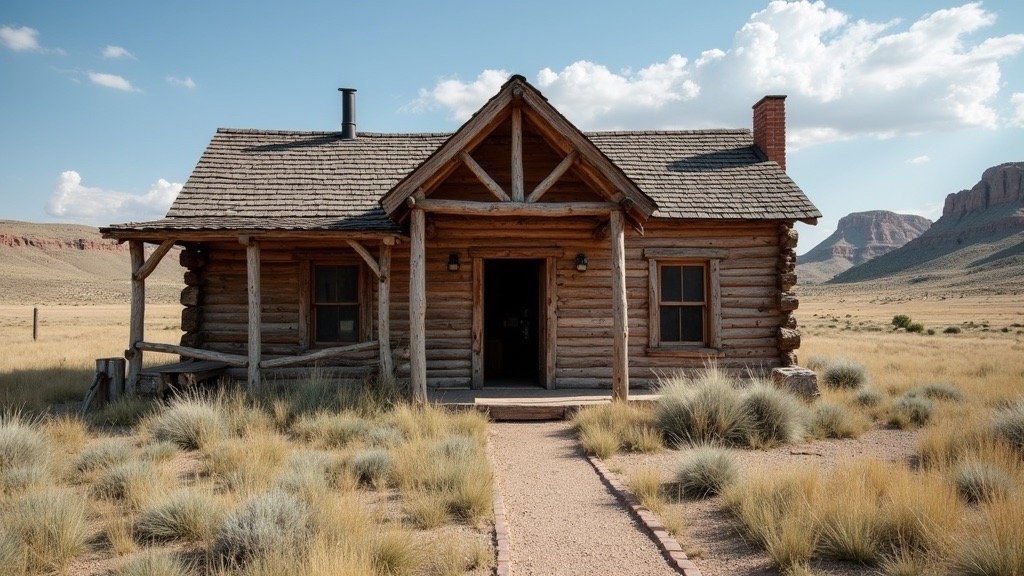
When you’re checking out Theodore Roosevelt National Park, there are some spots you just gotta see. Dig into the history and charm of these park gems:
Elkhorn Ranch Historic Site
Elkhorn Ranch is like a piece of the park’s beating heart. In 1884, after life threw him some real curveballs with the loss of his wife and mom, Theodore Roosevelt found solace here. It became his hideaway in the rugged Badlands, and it’s where he dreamed up grand plans inspired by the wild beauty around him.
Key Information:
- Year Established: 1884
- Significance: Theodore Roosevelt’s personal retreat
- Current Status: Just a few remains, but oh boy, is it historically important (NPS)
Even though not much of the ranch is left, visiting the Elkhorn Ranch site kinda feels like stepping into Roosevelt’s shoes for a minute. It’s way out there, so you’ll want to go on a guided tour or be up for a serious hike. Check out more on the park’s history here.
Medora: Gateway to the South Unit
Right by the South Unit of the park, Medora’s your jump-off point for some real adventures. Picture this: a cozy town where the Old West vibes meet modern-day treats. You can horseback ride, peek in museums, or kick back in style at the local lodges, all super close to the park.
Key Information:
- Location: Entrance to the South Unit
- Amenities: Horseback riding, museums, comfy lodging
- Historical Vibe: Classic Old West town (ND Tourism)
If you’re diving deep into the park, Medora’s got that perfect mix of history and comfort. Families in particular find it a great base for exploring the South Unit’s cool stuff. For more details on the South Unit, and tips on where to crash for the night, check out options for lodging and camping.
Hitting up these legendary spots not only makes your trip richer but also gives you a stronger sense of Roosevelt’s legacy and the lasting beauty of the place that’s become his namesake. For even more cool stuff like Prairie Dog Towns and the Maltese Cross Ranch Cabin, make sure to cruise through our full-on guide about park activities.
Visitor Amenities and Programs

Prepping for a trip to Theodore Roosevelt National Park? It’s not just about snapping pics of wildlife and soaking up the views! This place dishes out a buffet of amenities and programs that add a bit more spice to your visit. Let’s jump into some of the star attractions.
Junior Ranger Program
Got kids in tow? Snag their attention with the Junior Ranger Program. It’s like a treasure hunt, but with nature. Little adventurers can dive into the park’s cool history, meet some wildlife pals (not literally, we hope) and learn why conservation rocks. They get a nifty badge once they tick off the activities in the Junior Ranger book. It’s a sweet combo of fun and learning that’ll keep the little ones entertained!
- Price Tag: Zero bucks
- Perfect For: Youngsters aged 5-13
- Grab It At: Visitor centers or snag it online at the NPS website
| Activity | Where | Time |
|---|---|---|
| Scavenger Hunt | Visitor Center | 30 mins |
| Wildlife Spotting | Around the Park | 1-2 hours |
| Historical Quiz | Elkhorn Ranch | 30 mins |
Park Store and Educational Goodies
No park trip’s complete without a pit stop at the store, right? At the Theodore Roosevelt National Park’s shop, pick up some cool loot like books and maps that’ll make you the park trivia champ. Need souvenirs? This spot’s got treasures that celebrate the park’s vibes and backstory.
What’s on the Shelf
- Books: From wild stories about the park’s past to Roosevelt’s epic conservation tales.
- Maps: Your key to unlocking the mysteries of the South Unit and North Unit.
- Souvenirs: Capture the park’s spirit and take a bit of it home.
- Edu-Toys: Perfect for kiddos, turning learning into playtime.
By trying a little retail therapy here, you’re doing your bit for the park. Yep, money spent helps keep Theodore Roosevelt National Park healthy and educational for future explorers.
Want to jazz up your trip even further? Discover the things to do in Theodore Roosevelt National Park, from peeping at the sprawling landscapes to mingling with wildlife. Keep an eye on the weather forecast to plan your park escapades without a hitch. Planning to hang out for a while? Check out camping options and local lodging close by.
Whether your day’s filled with Junior Ranger badges or bagging bog souvenirs, Theodore Roosevelt National Park’s got the goods for all ages to make that visit legendary.
Additional Attractions Near the Park
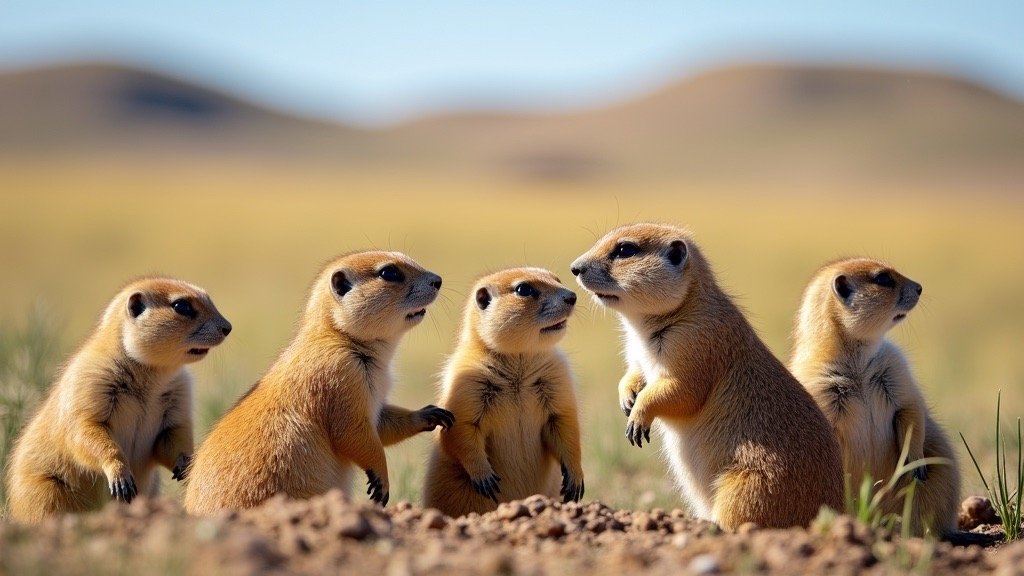
Theodore Roosevelt National Park has more on offer than just gorgeous sights and history—there’s a bunch of pretty cool spots just outside its boundaries too. Check out the fun Prairie Dog Towns and the storied Maltese Cross Ranch Cabin for a bit of local flavor.
Prairie Dog Towns
Over at Theodore Roosevelt National Park’s South Unit, you won’t want to miss out on the quirky prairie dog towns. These little guys have a knack for making underground cities that are worth checking out. The very first town near Skyline Vista is a hot spot. There, you can watch their complex social life and hear the “barks” and “yelps” of these chatty critters (ND Tourism).
| Location | What’s Cool |
|---|---|
| Skyline Vista | The first prairie dog town |
| Little Missouri River | Wide-ranging burrow systems |
| Medora Entrance | Spot for wildlife watching |
These little communities are perfect to soak in some wildlife sights, seeing prairie dogs do their thing like playing and tidying up their homes. Don’t forget your camera—you’ll want to snap some of these cute interactions.
Maltese Cross Ranch Cabin
Not too far away, the Maltese Cross Ranch Cabin awaits as a significant site. Built during the cold months of 1883-84, it was put together because of none other than Theodore Roosevelt. Originally, this cabin sat snug seven miles south of Medora in the lush Little Missouri River lands (ND Tourism).
| Feature | What’s It About |
|---|---|
| Original Construction | Winter of 1883-84 |
| Original Location | Seven miles south of Medora |
| Historical Significance | Roosevelt had this built up |
| Architectural Style | Classic frontier cabin with rustic logs |
Today, it stands as a nod to Roosevelt’s days in the Badlands, showcasing his passion for preserving nature. Peeking into the cabin feels like stepping back in time, grasping how life was for Roosevelt while ranching in the wild.
If you’re up for more exploring, don’t miss the Elkhorn Ranch Historic Site or take a stroll around Medora, often viewed as the Gateway to the South Unit. Whether animals or history tickle your fancy, these spots near Theodore Roosevelt National Park promise a good time filled with learning and fun.
Park Management and Future Plans
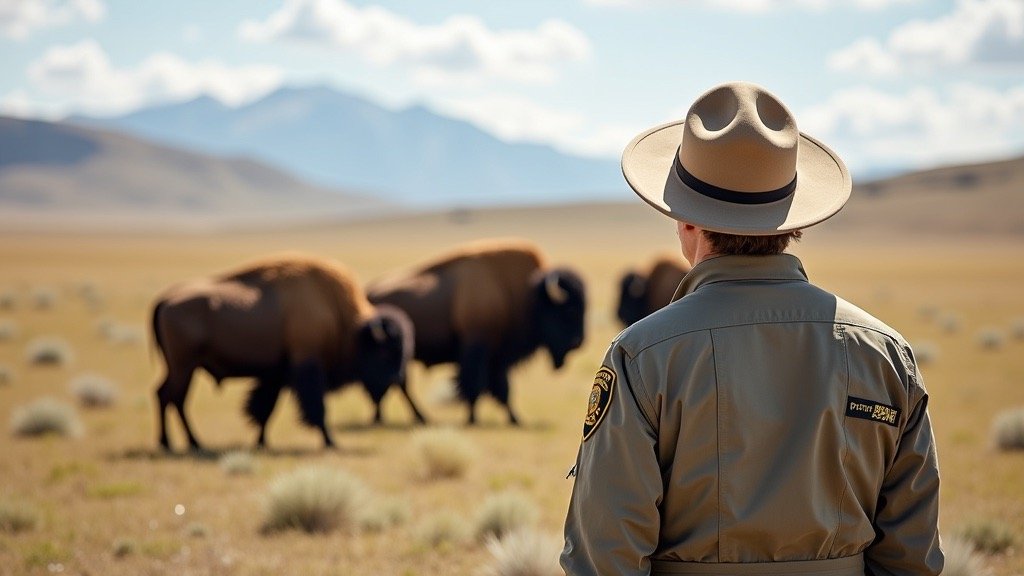
Livestock Plan Development
You’re in for a treat with the National Park Service’s dedication to keeping Theodore Roosevelt National Park as stunning as nature intended. They’re rolling out a Livestock Plan that has its eyes set on making sure bison, horses, and other big critters flourish without throwing the park’s delicate balance out of whack.
Since the park first opened its gates back in ’47, there’ve been some cool attempts to bring back species like pronghorn, elk, and bighorn sheep. The pros over at the park have been on top of their game, managing things so well that you get to enjoy all that wildlife action without any hassles.
A quick peek at the numbers:
| Critter | When They Came Back | How Many Now? |
|---|---|---|
| Bison | 1956 | 300 – 400 |
| Elk | 1985 | 700 – 750 |
| Bighorn Sheep | 1956, 2006 | 100-200 |
| Pronghorn | 1952 | 100 |
Knowing about these efforts can really enhance your visit, shaping what kind of furry or feathery faces you’ll spot. To get more in tune with what’s shaking at the park’s different areas, swing by the pages on the south unit and north unit.
Prairie Ecosystem Preservation
Get ready to explore a place where the wild things are! Theodore Roosevelt National Park’s prairie is bustling with wildlife from mammals to insects. Keeping this wild party in check is a big deal for park folks. They’re geeked up with science-backed plans, ensuring everything stays in tip-top shape.
They’re all about stopping invaders, checking in on animals, and making sure native plants get their groove back. This keeps the prairie ecosystem running like a well-oiled machine.
The park’s management crew focuses big-time on large mammals, especially bison since they’re what the experts call a “keystone species.” This fancy title just means they’re super important for the whole shebang. Here’s a lowdown on what they’re up to for prairie preservation:
| What They’re Doing | What’s It All About |
|---|---|
| Busting Invasive Plants | Getting rid of uninvited non-native plants |
| Watching Wildlife | Keeping tabs on who’s running around out there |
| Native Plant Comeback | Bringing the home team of plant life back to the prairies |
If you’re a nature buff, you’ll want to check how these efforts are reshaping the park. Swing by spots like Prairie Dog Towns to see conservation in action. For a taste of what got us here, check out the page on park history to dig into Teddy’s conservation shenanigans.
Through these narratives, those working in park management and wildlife rangers get the tools to connect with both their mission and the public.
